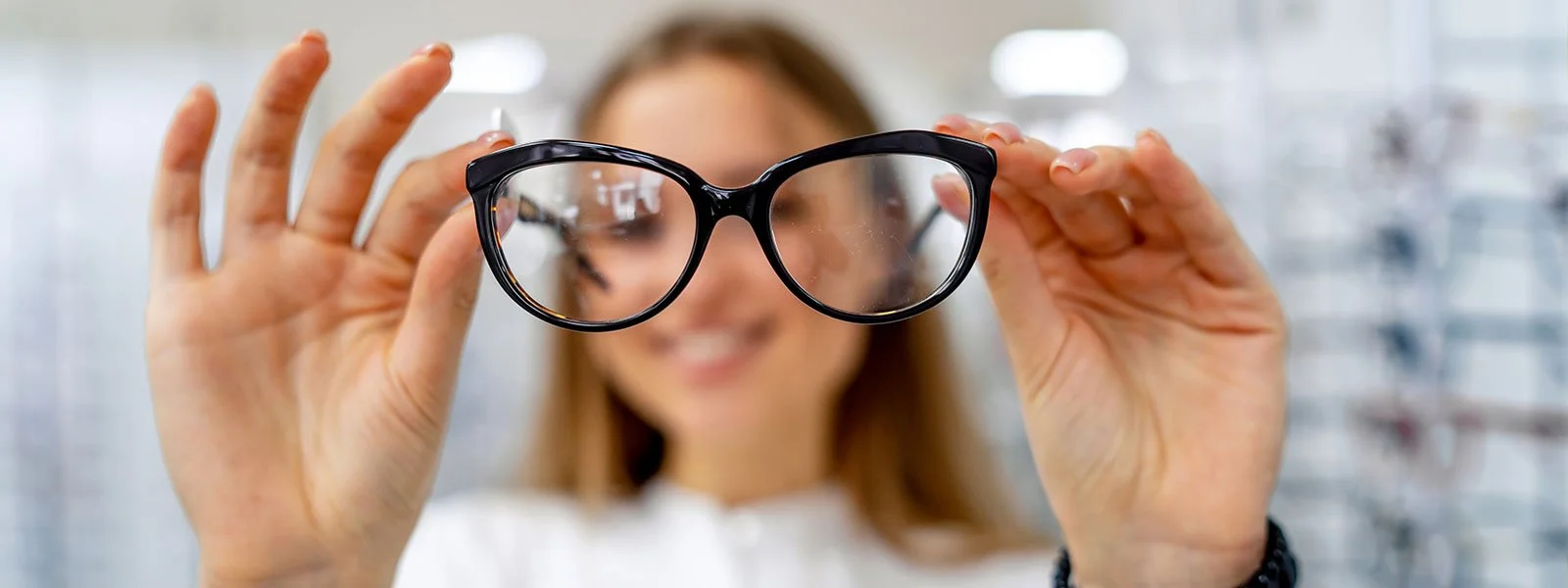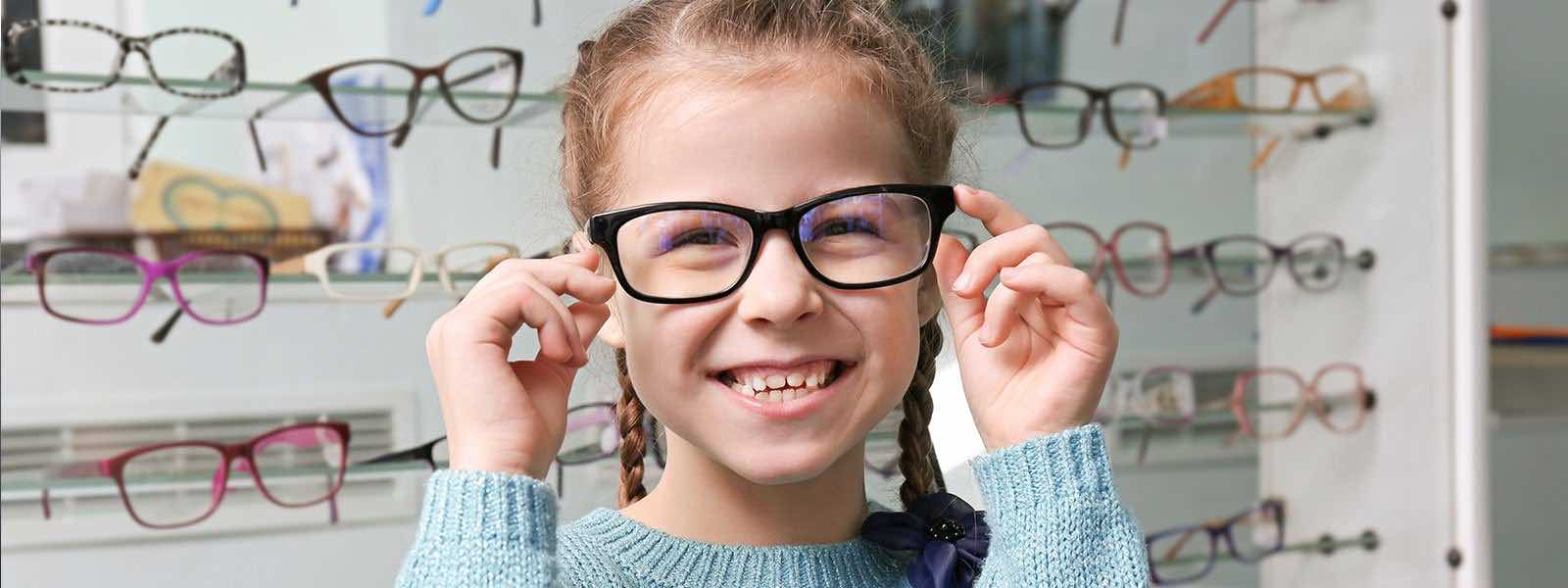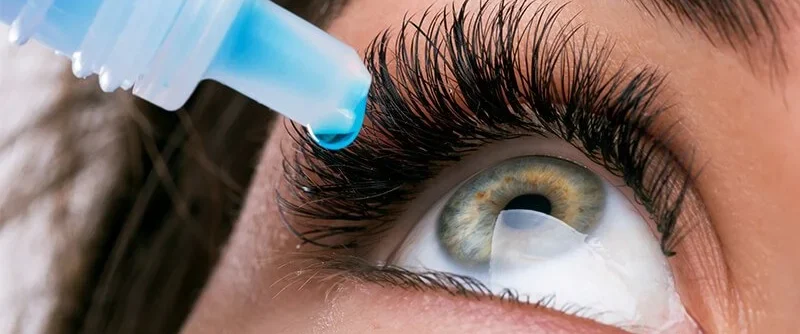Why is my vision different between glasses and contacts?

If you wear glasses or contact lenses, you may notice your vision is different when you’re wearing one versus the other, especially if you have a high prescription. We often hear the following complaint: “I see fine with my contacts, but get a headache when I wear my glasses,” or “I see fine when I wear my glasses, but the vision seems off, like I’m looking underwater or wearing beer goggles.”
This phenomenon is known as aniseikonia. Aniseikonia is a perception of different image size when either switching from contact lenses to glasses, or even between a person’s two eyes with glasses, if there is a big enough prescription difference between them.
Why does it happen?
When you wear contact lenses there is no minimizing or maximizing the images you see. When you wear glasses, image size is being introduced into the equation.
Think about it like using a magnifying glass. For someone who is near-sighted (can only see close up), the image is smaller or minimized due to a minus-powered lens being used to correct the vision. On the flip side of that, someone who is far-sighted (sees well at a distance) has a plus-powered lens and therefore the image is larger or magnified.
If a patient’s brain is not well adapted to these quick vision changes (i.e. switching from contact lenses to glasses), then eyestrain, headaches, and an overall altered sense of awareness can occur.
What can I do about it?
Usually our first recommendation is to wear your glasses more often to let your brain adapt to make switching between contacts and glasses a little easier. For patients with very high prescriptions, or for those who have a big difference between the eyes, we usually recommend only wearing contact lenses and saving glasses for emergencies. In these rare cases, success of glasses adaptation declines dramatically. If you are a glasses wearer and are experiencing any of these symptoms, contact lenses might be the best option for you.


